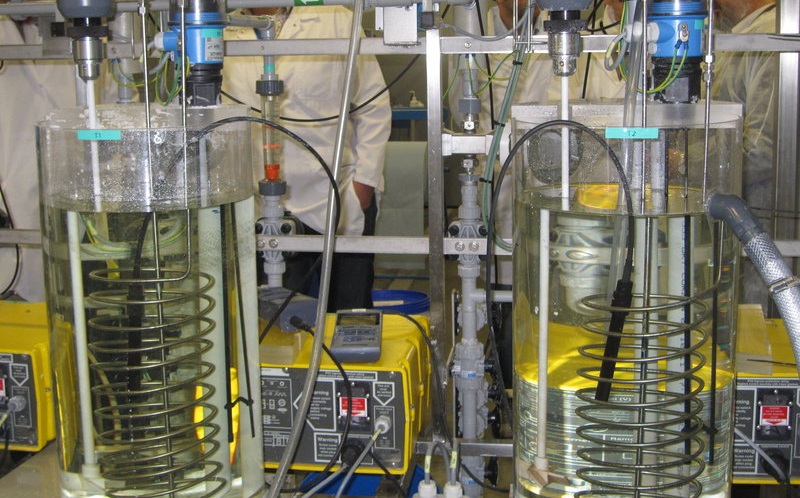Energy from seawater? It can be done.
To say this is a team of scholars from Stanford University
led By Professors Hongjie Dai
, Professor of chemistry at The American University, Yun Kuang, professor of the Beijing University of chemical Technology and Michael Kenney, co-author of the research and student at The Dailab
The study shows how it is possible to produce clean energy in large quantities from the electrolysis process, then from the splitting of hydrogen from the oxygen of the seawater, without running into the deterioration of the electrodes. What does this mean? Certainly the production of fresh water in large quantities, replays the tiny and always hovering current reserves. Secondly, but no less important, is the creation of clean energy at the industrial level. A little discovery if you consider that today the hydrogen engines are still expensive for the process of transforming the raw material.
Published last March on
Pnas
, the scientific journal of theNational Academy of Sciences of the United States, The study found the antidote to the disintegration of the electrodes caused by seawater sodium chloride. The answer lies in the creation of a capsule, a shell formed by nickel foam and nickel sulphide which, during electrolysis, is negatively charged by protecting the anode and simply rejecting the chloride, avoiding deterioration of the Elettrode.
To make the example of the power of this innovation in the chemical process, at the time of electrolysis, or the splitting of hydrogen atoms from those of oxygen due to the chemical transformation induced by the electrical energy, An electrode can withstand for no more than 12 hours the sodium chloride present in the seawater. With the protection due to nickel sulphide instead an electrode can now withstand for about 1000 hours, Making obvious the possible uses in the industrial field.
And that’s where the intentions of the group of scholars are pouring out. If, in order to make a mass production of hydrogen engines attractive, which generate clean energy without carbon dioxide emissions, it is also true that a quantity of enormous and wasteful distilled water is indispensable for this production.
“To provide enough energy to cars and cities it would take so much hydrogen that it is not conceivable to use distilled water- explains Professor Dai -In This way the production would be to be carried out without distilled water and at low costs, not to mention that the production of energy would increase by 10 times compared to the current standards. Moreover, the immediacy factor of the separation between hydrogen oxygen would also allow an easy recharge of O2 reserves even at underwater submersion, without the need to climb to the surface, thus increasing the autonomy in depth.
